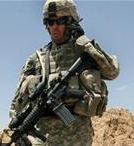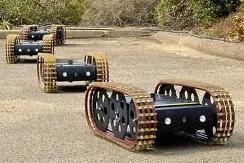 In Part One of our series on GPS, we discussed its uses, problems, and alternatives. In Part Two, we take a look at the role of GPS in Unmanned Ground Vehicles (UGV).
In Part One of our series on GPS, we discussed its uses, problems, and alternatives. In Part Two, we take a look at the role of GPS in Unmanned Ground Vehicles (UGV).
Inertial Navigation System
Unmanned Aerial Vehicles (UAV) and ground vehicles often use a combination of GPS and Inertial Navigation System (INS). INS depends on input from motion sensors (accelerometers) and rotation sensors (gyroscopes). Through a process known as “dead reckoning,” the vehicle’s current position is calculated utilizing time passed from previous locations and estimates of speed.
Read more




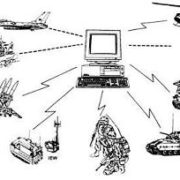
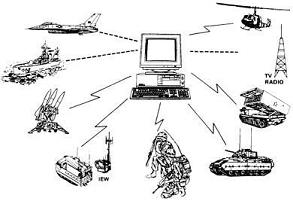






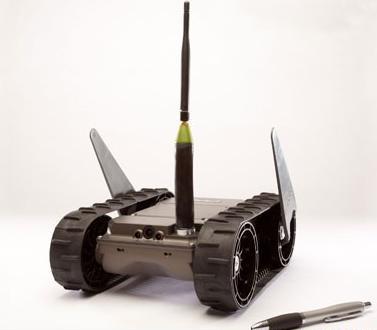

 Recently, some clients asked AMREL to build an Operator Control Unit (OCU) for their Unmanned Ground Vehicle. No surprise there; we dominate that particular application. What was noteworthy was the specific form factor that they requested. They wanted it to be a wearable computer, worn on the wrist.
Recently, some clients asked AMREL to build an Operator Control Unit (OCU) for their Unmanned Ground Vehicle. No surprise there; we dominate that particular application. What was noteworthy was the specific form factor that they requested. They wanted it to be a wearable computer, worn on the wrist.